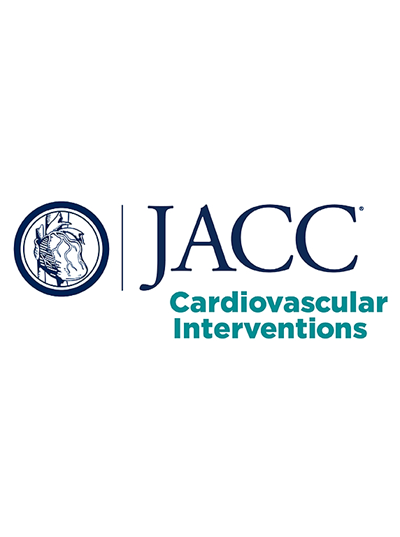Ultra-Low-Contrast PCI
IF 11.7
1区 医学
Q1 CARDIAC & CARDIOVASCULAR SYSTEMS
引用次数: 0
Abstract
Since its inception, percutaneous coronary intervention (PCI) has relied upon vessel opacification with iodinated contrast to plan, guide, and assess the results of the procedure. Yet revisiting this fundamental concept is important in contemporary PCI practice, especially in patients with high-risk clinical or anatomical profiles. In addition to decreasing the probability of acute kidney injury during PCI, limiting the volume of iodinated contrast allows the operator to perform more thorough interventions by relying on intracoronary imaging and physiology, ultimately contributing to more complete revascularization and improving the efficacy and durability of the intervention. Ultra-low-contrast PCI (ULCPCI) may thus be useful in performing PCI not only in patients with chronic renal dysfunction but also in those with multivessel coronary artery disease, impaired left ventricular function, and many other scenarios. The aim of this review is to highlight contemporary PCI scenarios in which a ULCPCI approach may be beneficial. The authors provide a structured approach to address the challenges faced by operators in transitioning from conventional contrast-based interventions to ULCPCI, with practical solutions that are accessible to most interventionalists. The reader will learn that ULCPCI is feasible in contemporary practice as a result of technological innovation, the implementation of dedicated skills, and redefining the role of angiography as the cornerstone of contemporary PCI.
求助全文
约1分钟内获得全文
求助全文
来源期刊

JACC. Cardiovascular interventions
CARDIAC & CARDIOVASCULAR SYSTEMS-
CiteScore
11.60
自引率
8.80%
发文量
756
审稿时长
4-8 weeks
期刊介绍:
JACC: Cardiovascular Interventions is a specialist journal launched by the Journal of the American College of Cardiology (JACC). It covers the entire field of interventional cardiovascular medicine, including cardiac, peripheral, and cerebrovascular interventions. The journal publishes studies that will impact the practice of interventional cardiovascular medicine, including clinical trials, experimental studies, and in-depth discussions by respected experts. To enhance visual understanding, the journal is published both in print and electronically, utilizing the latest technologies.
 求助内容:
求助内容: 应助结果提醒方式:
应助结果提醒方式:


